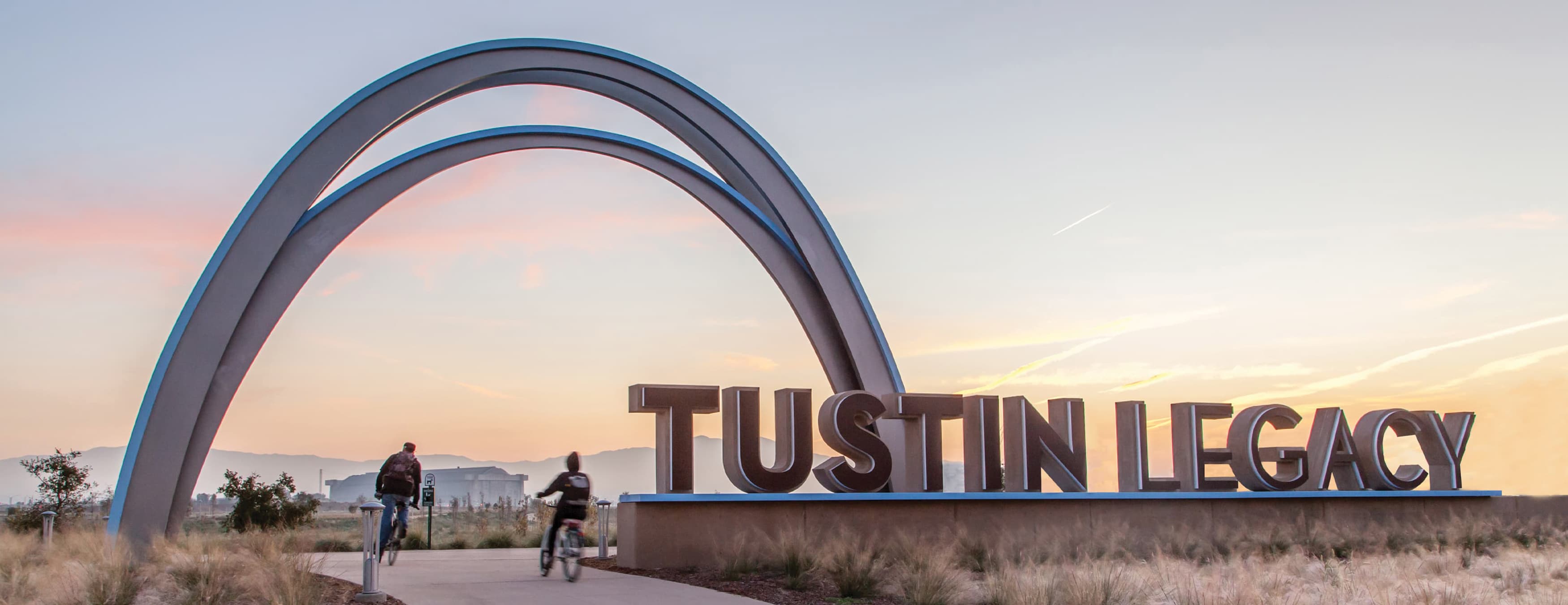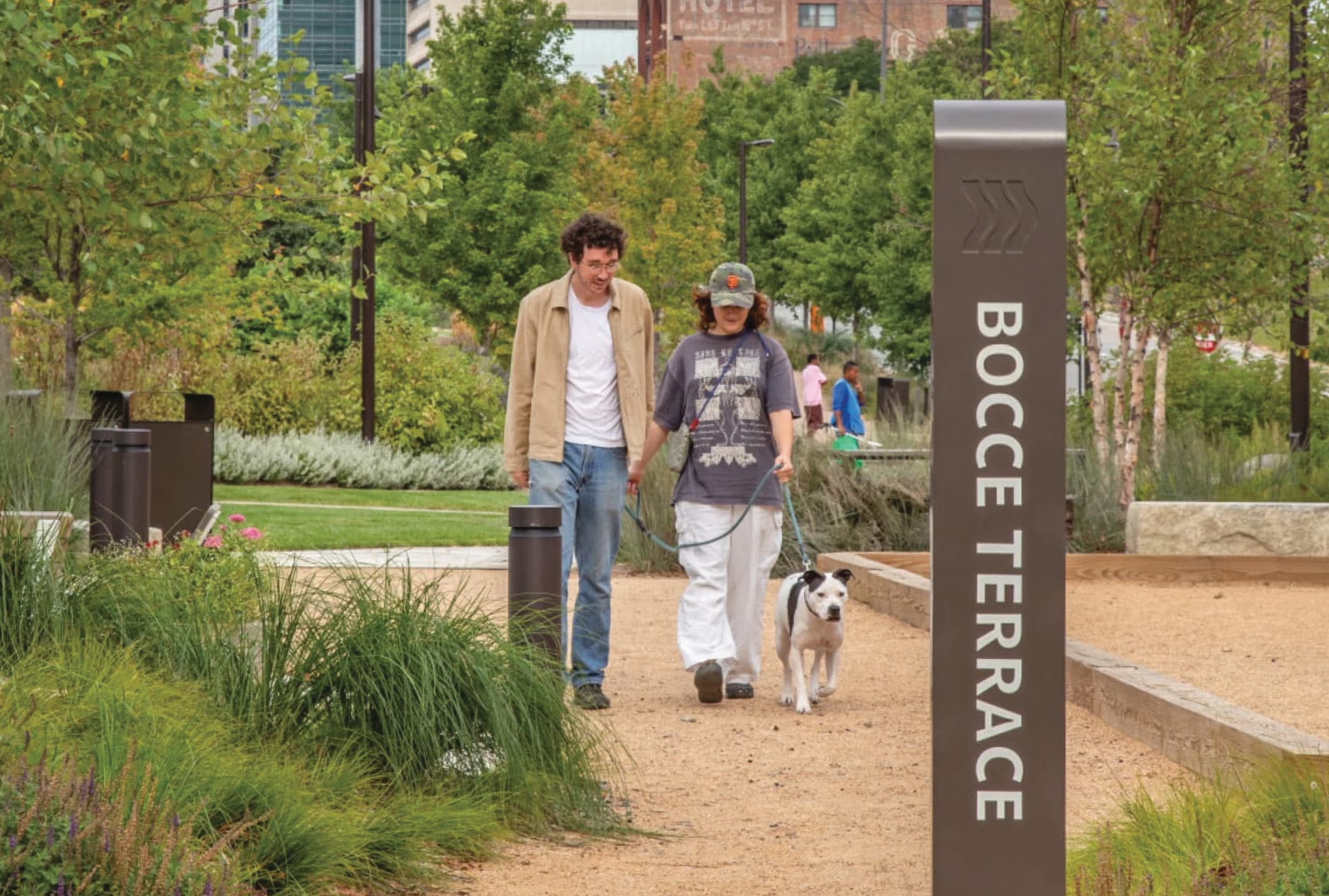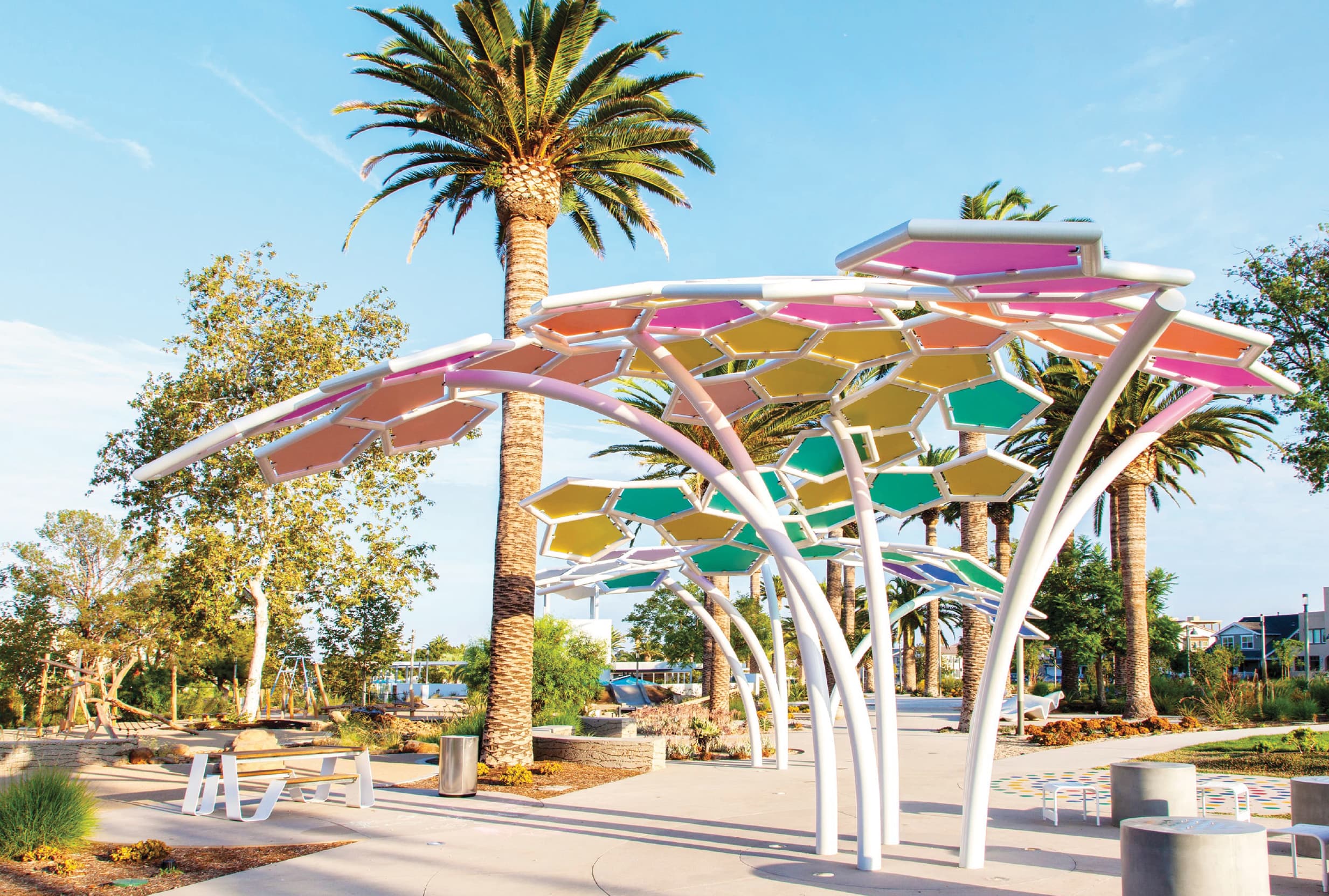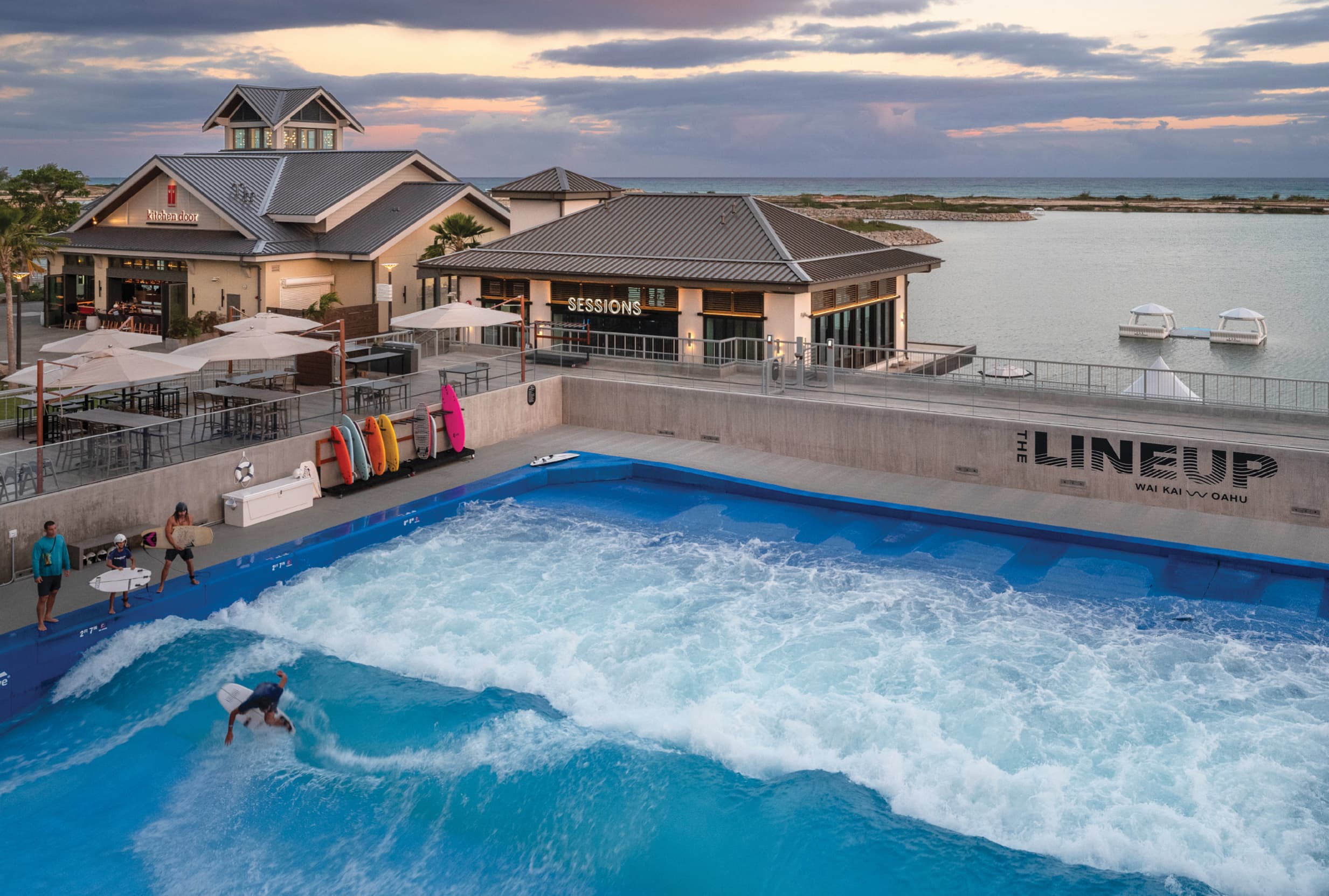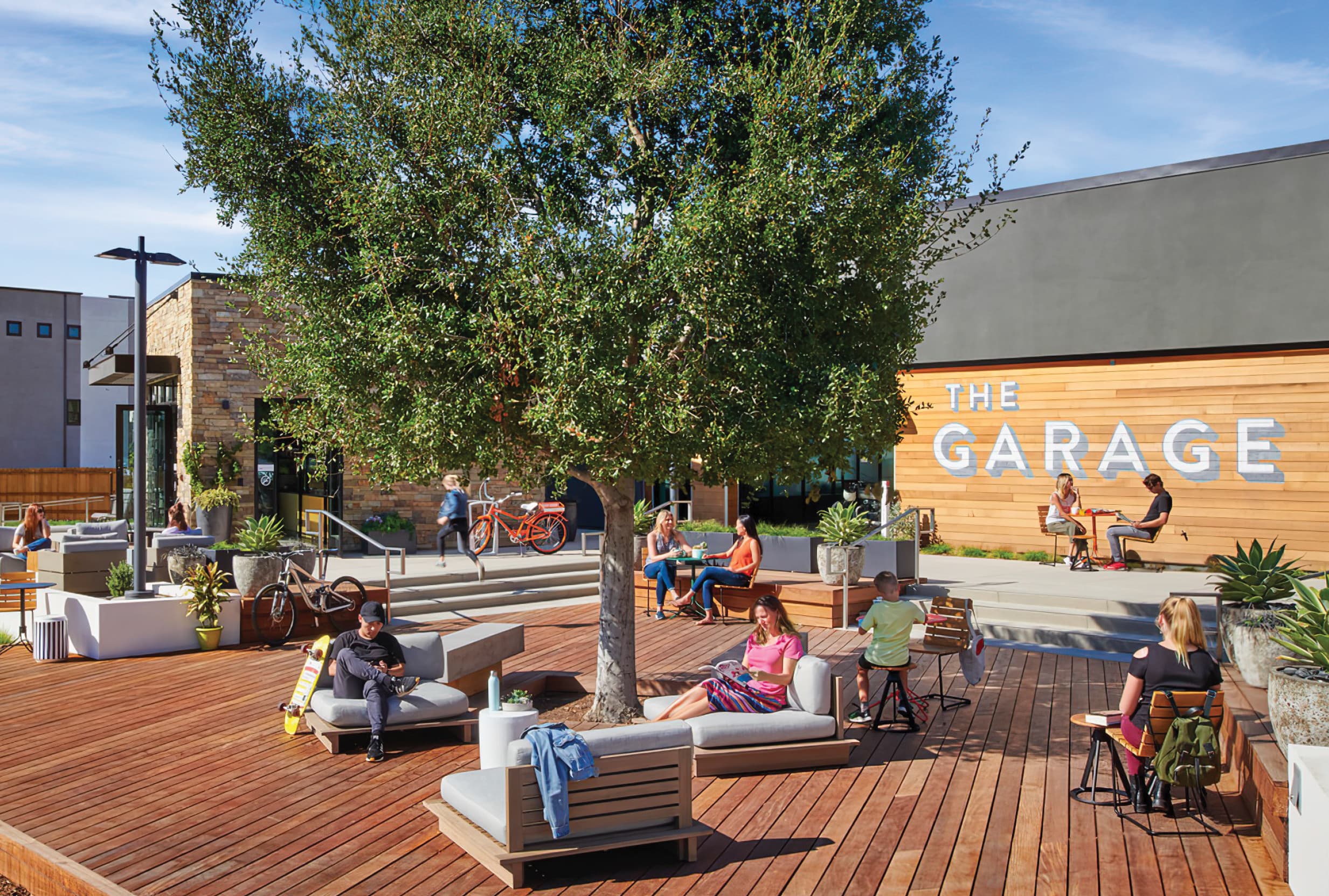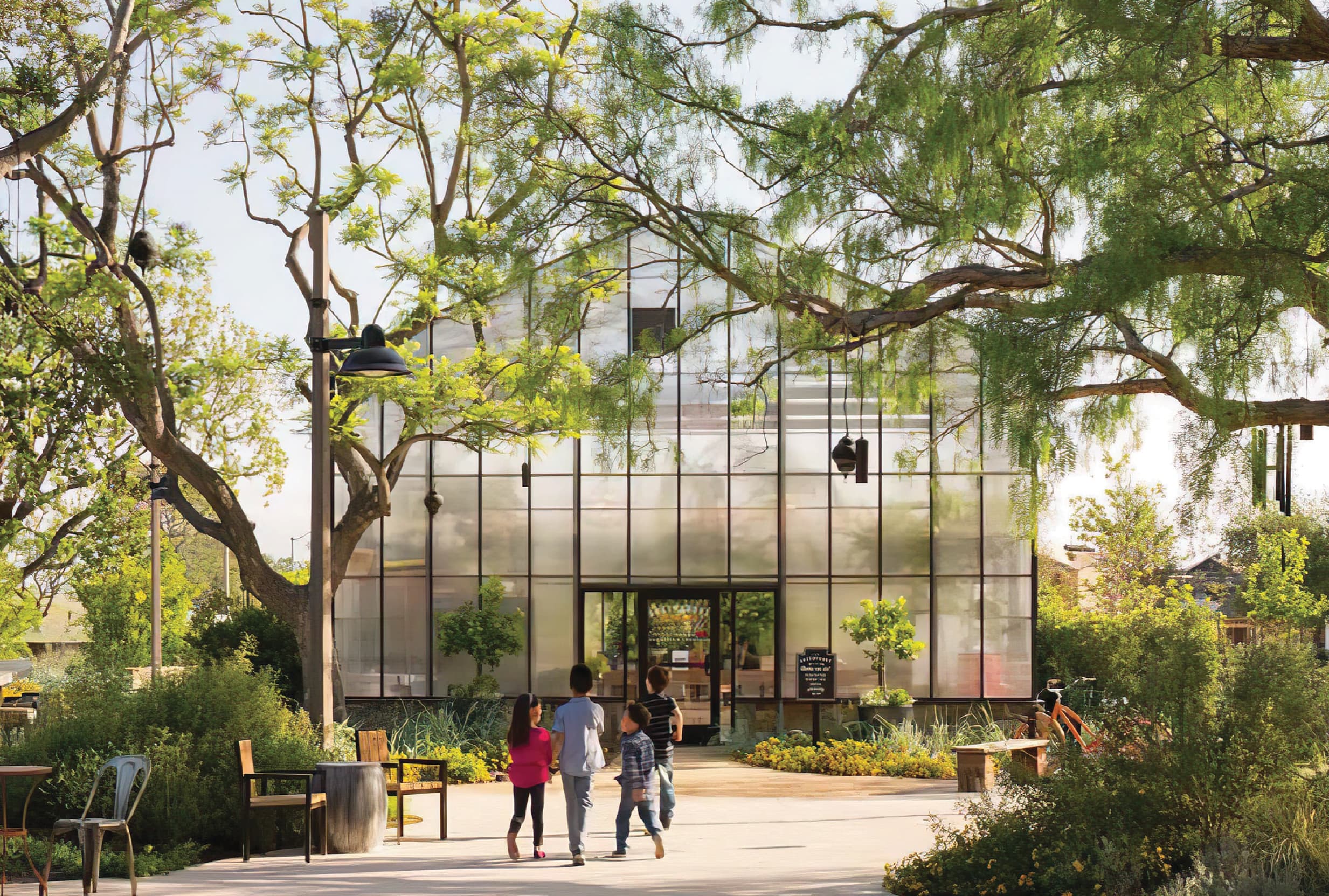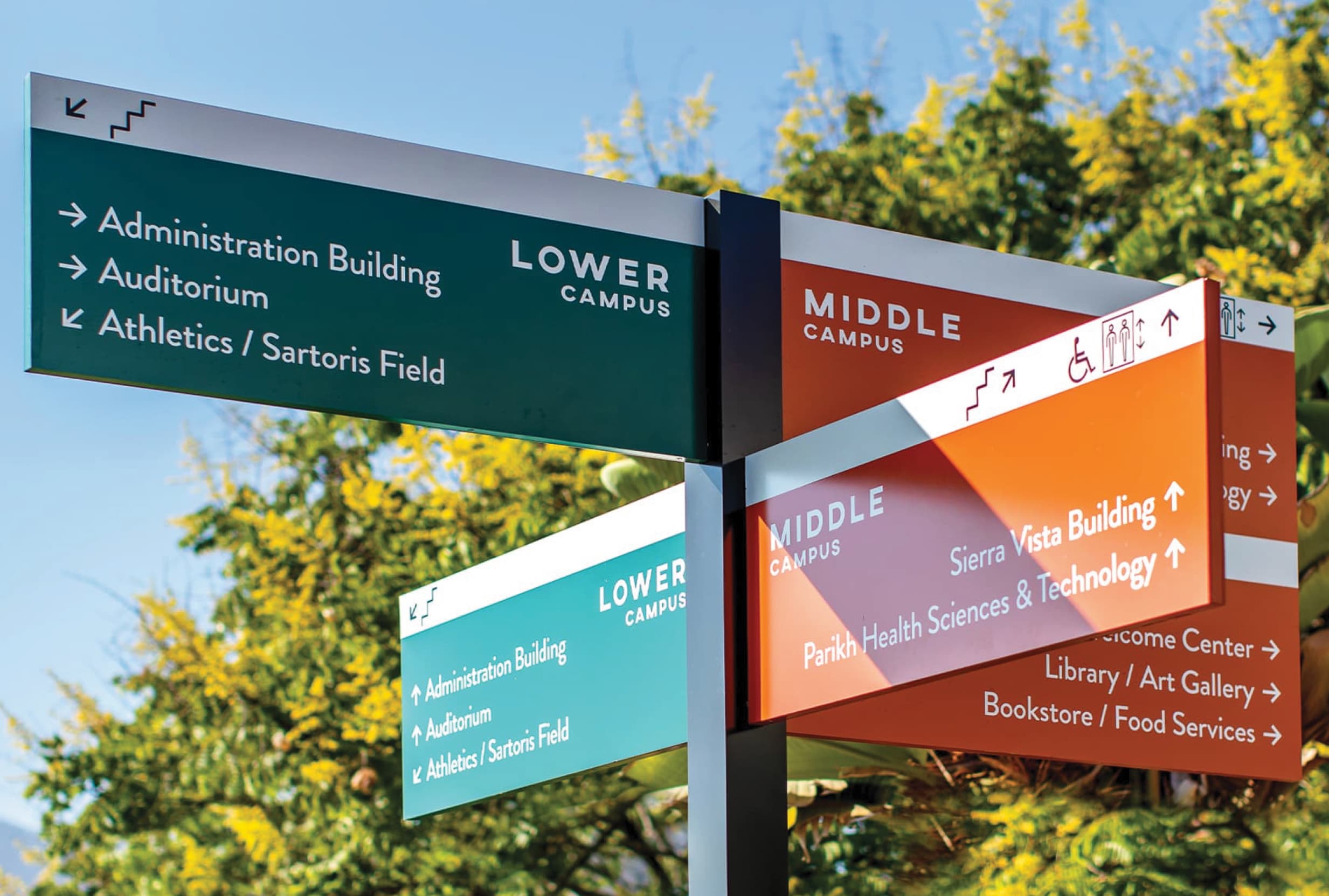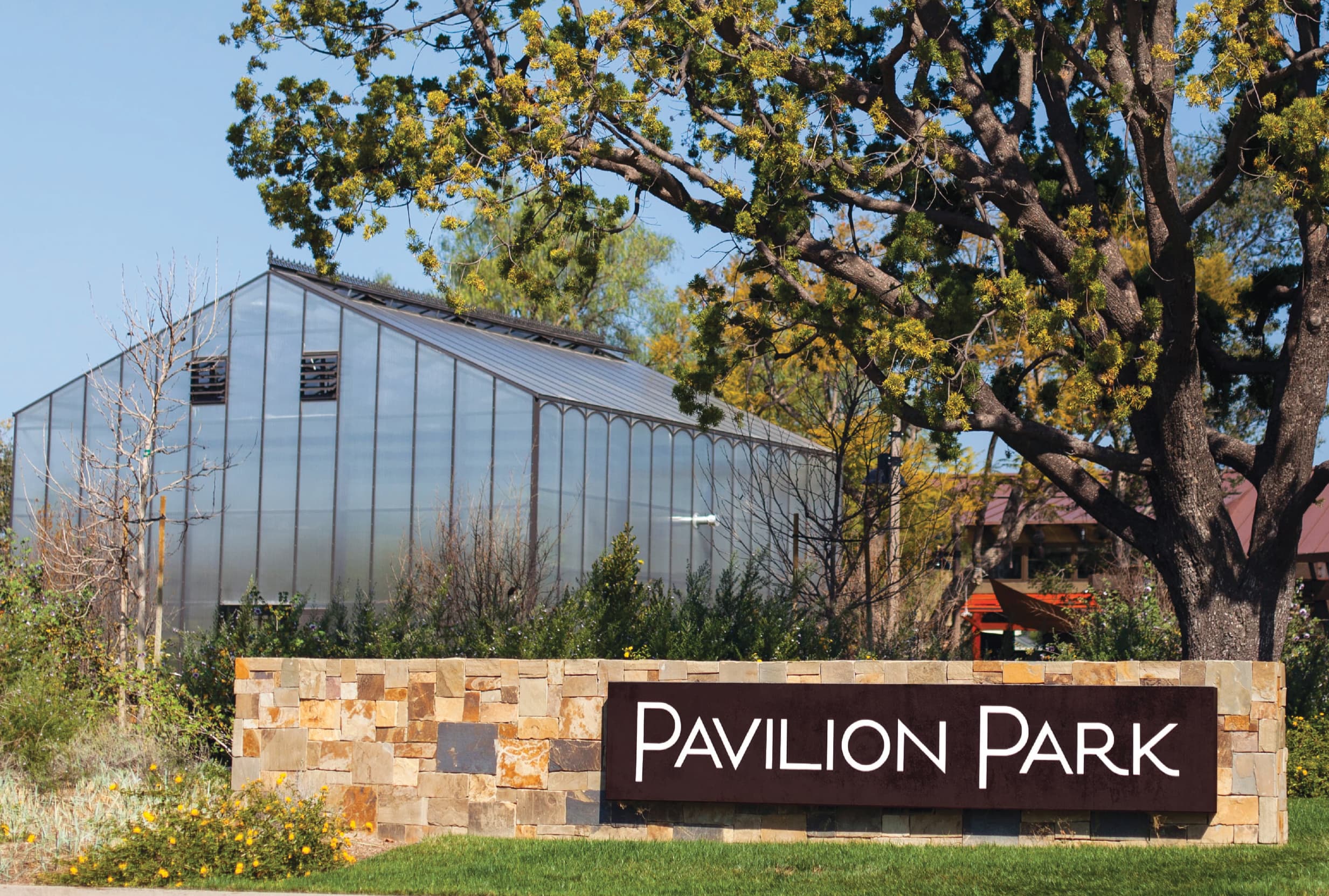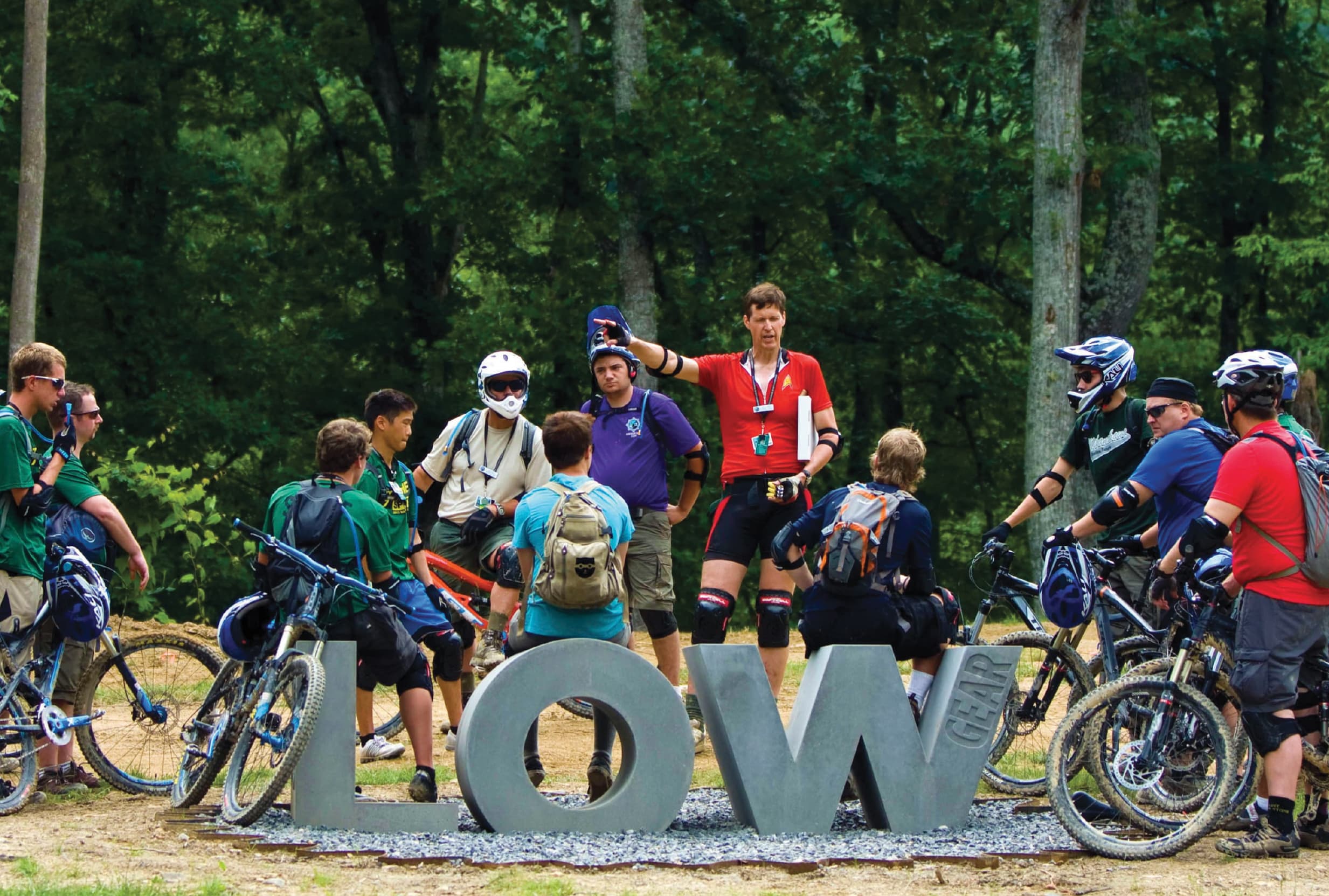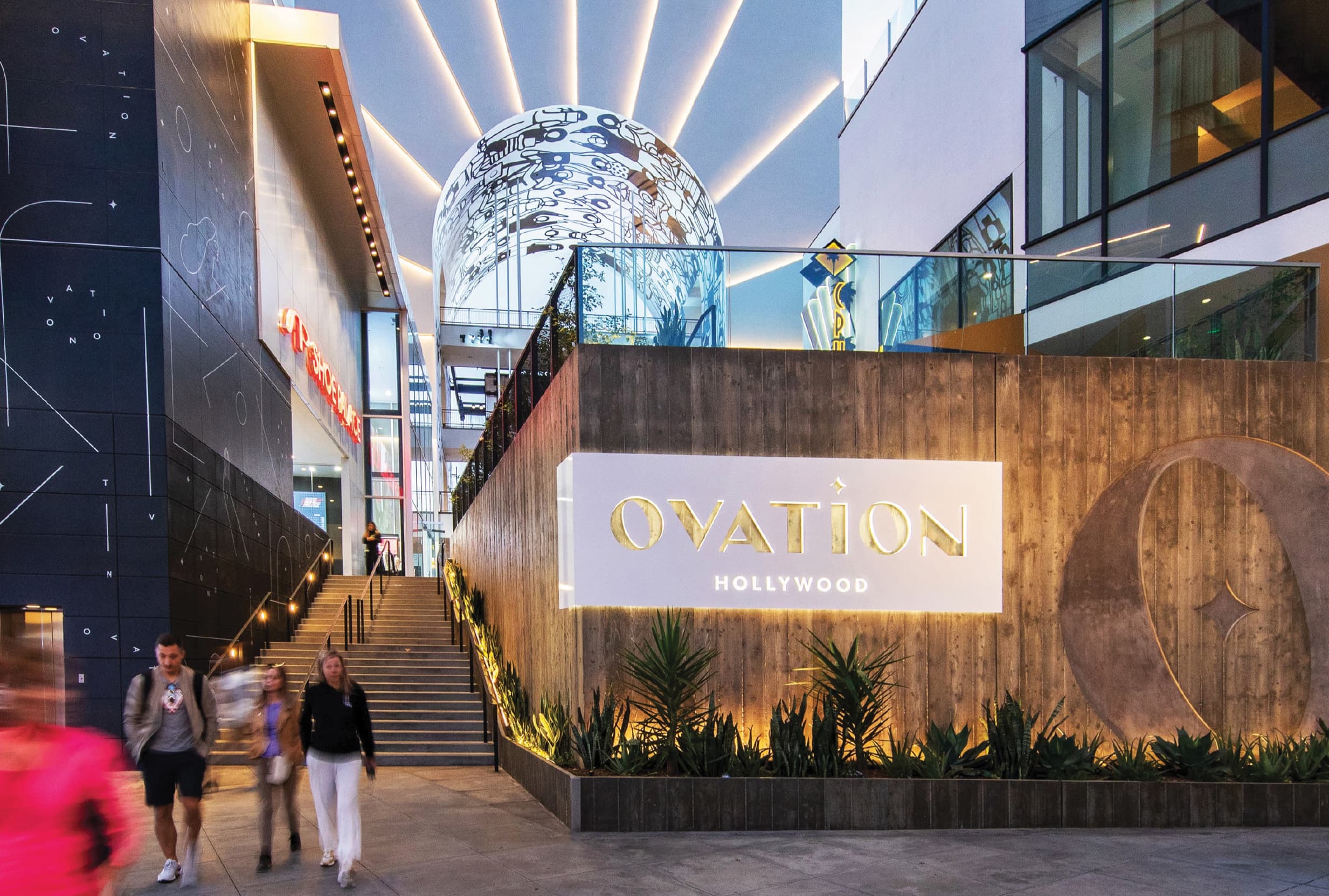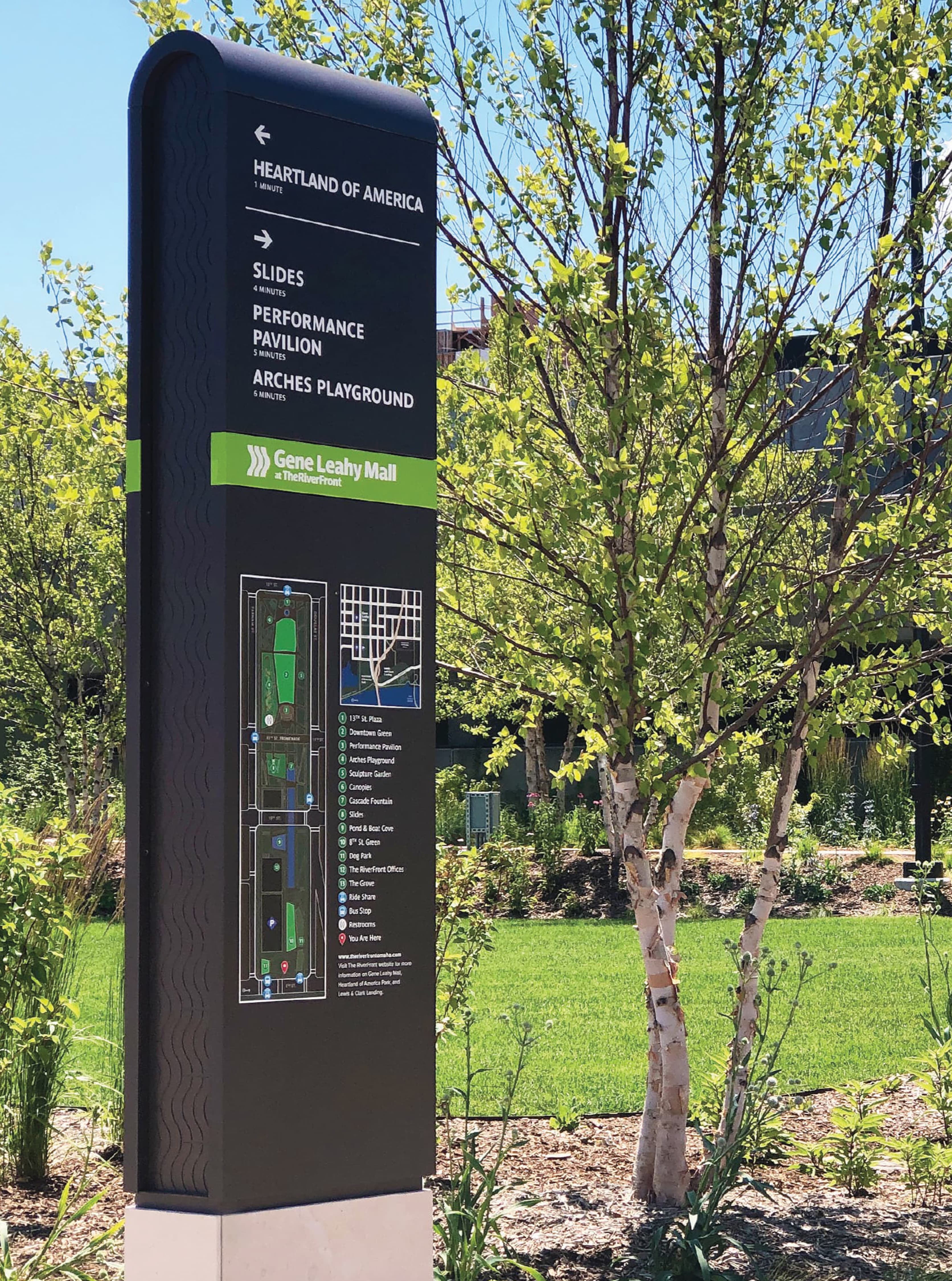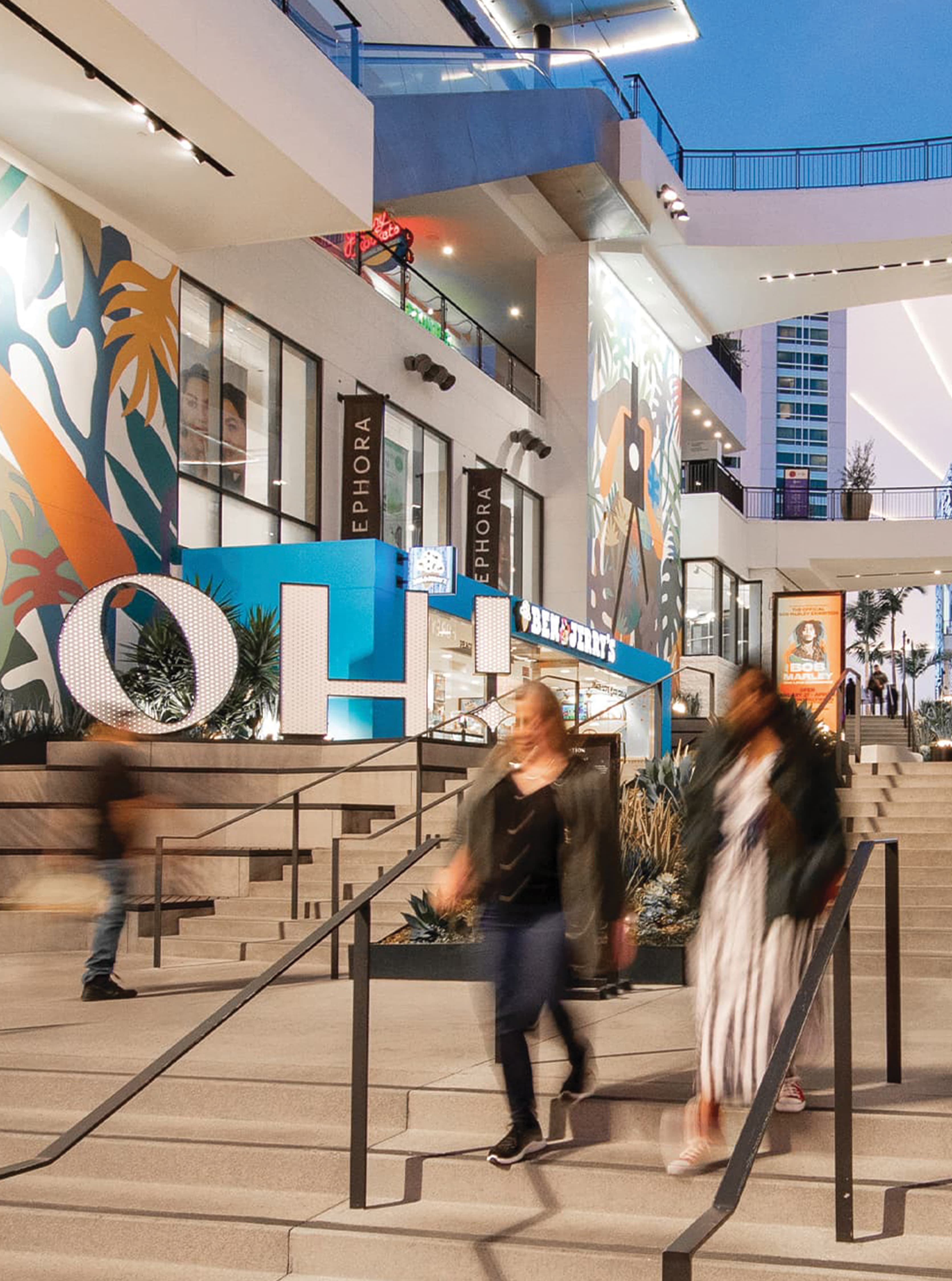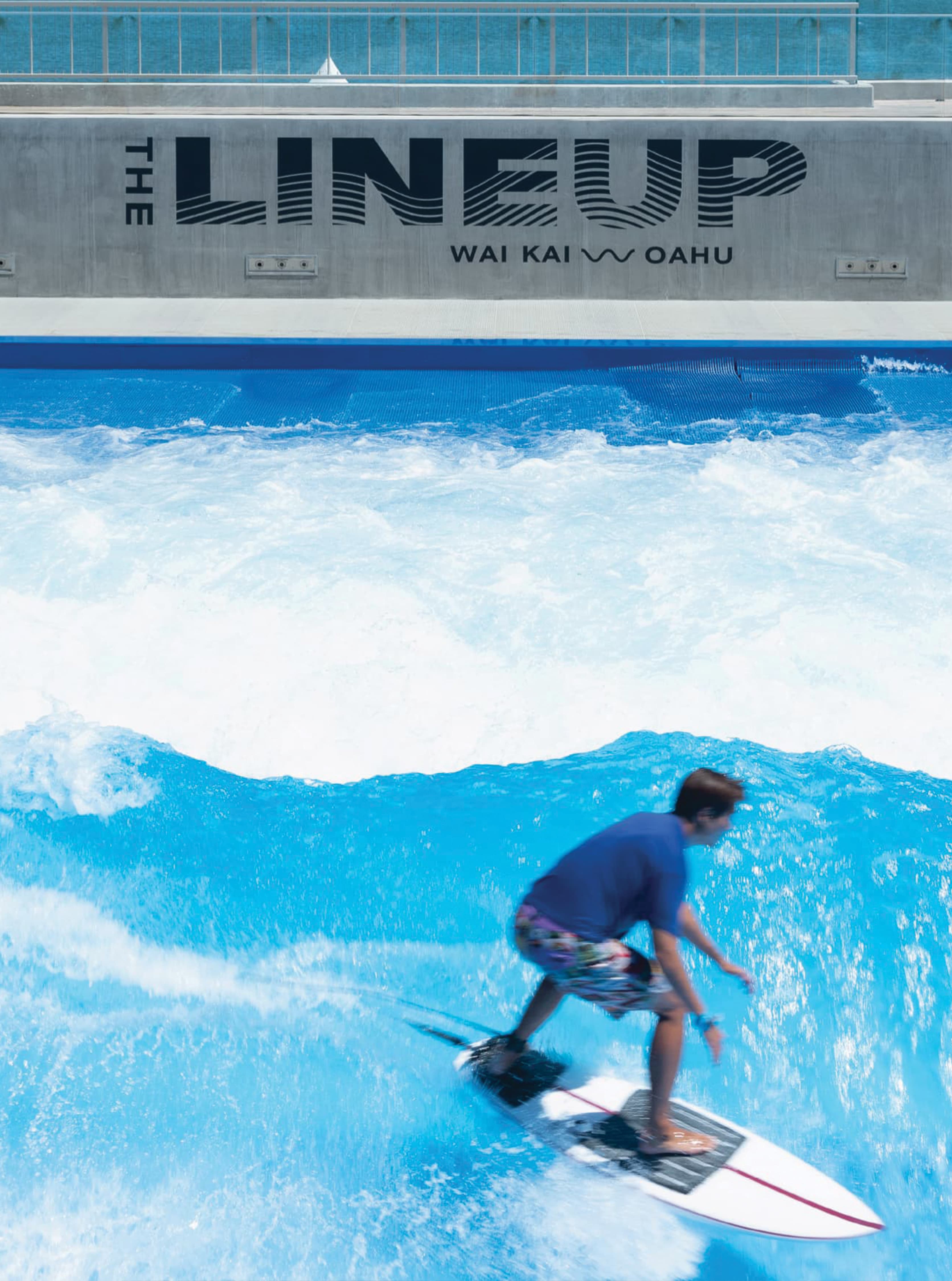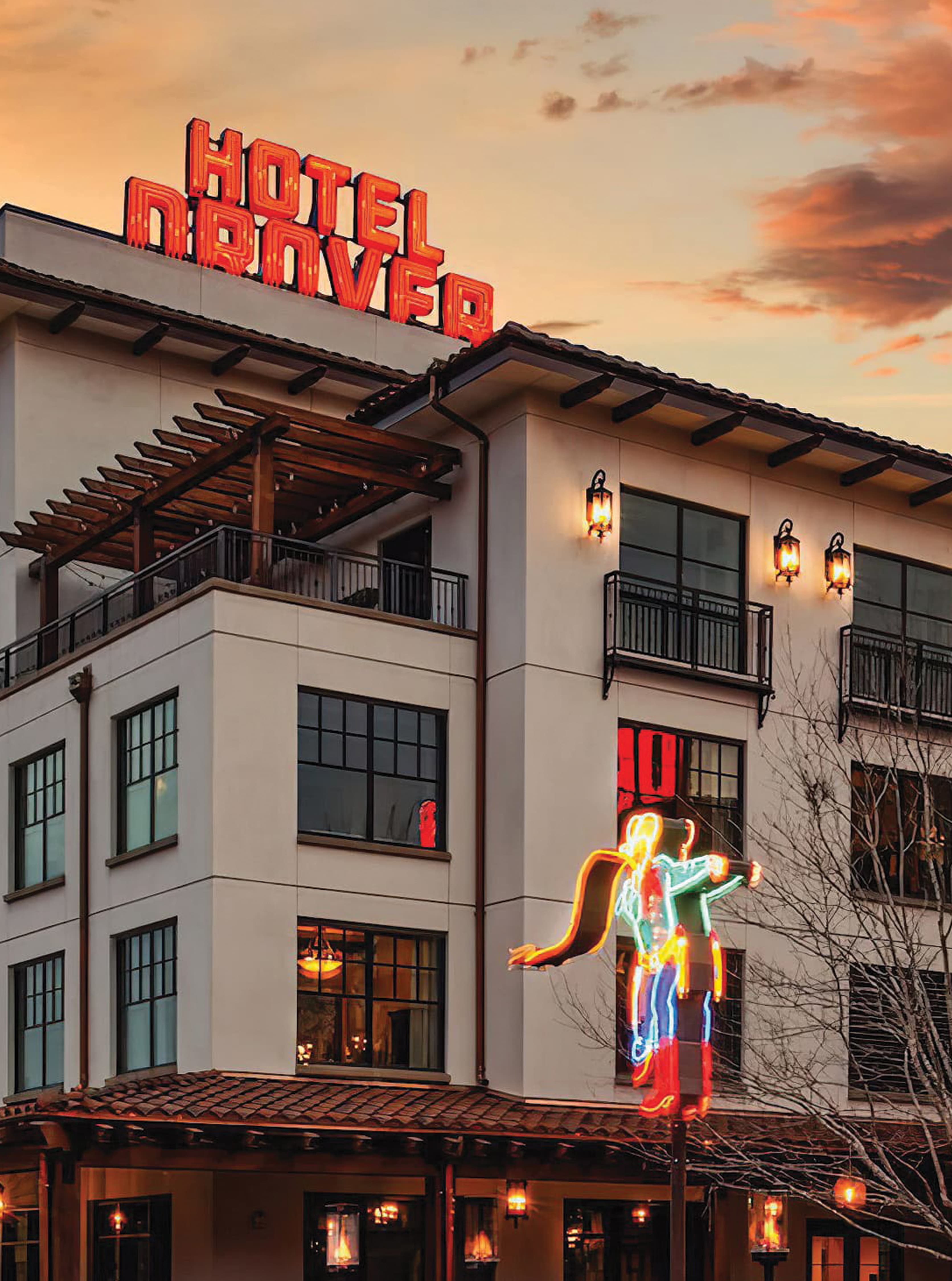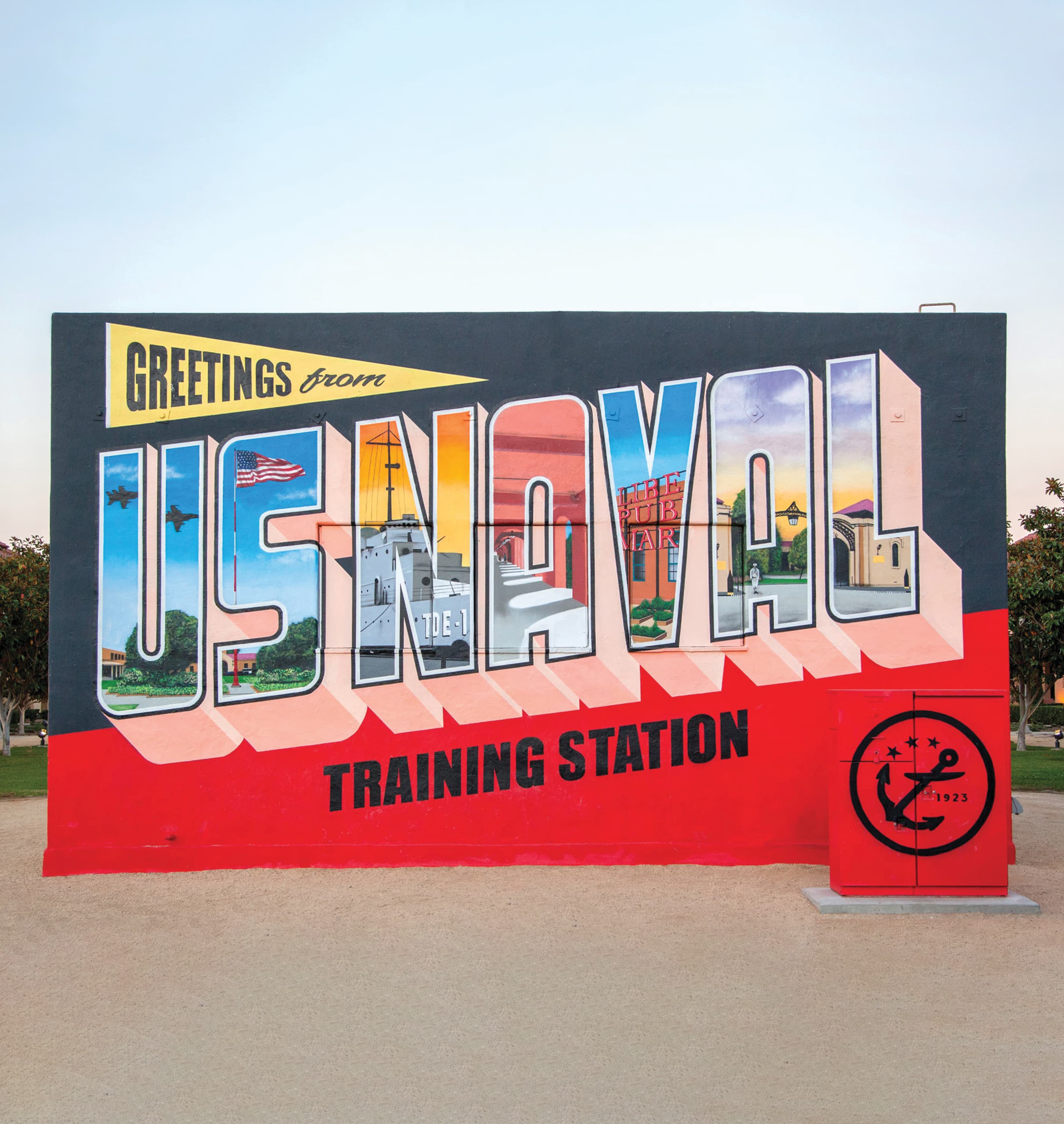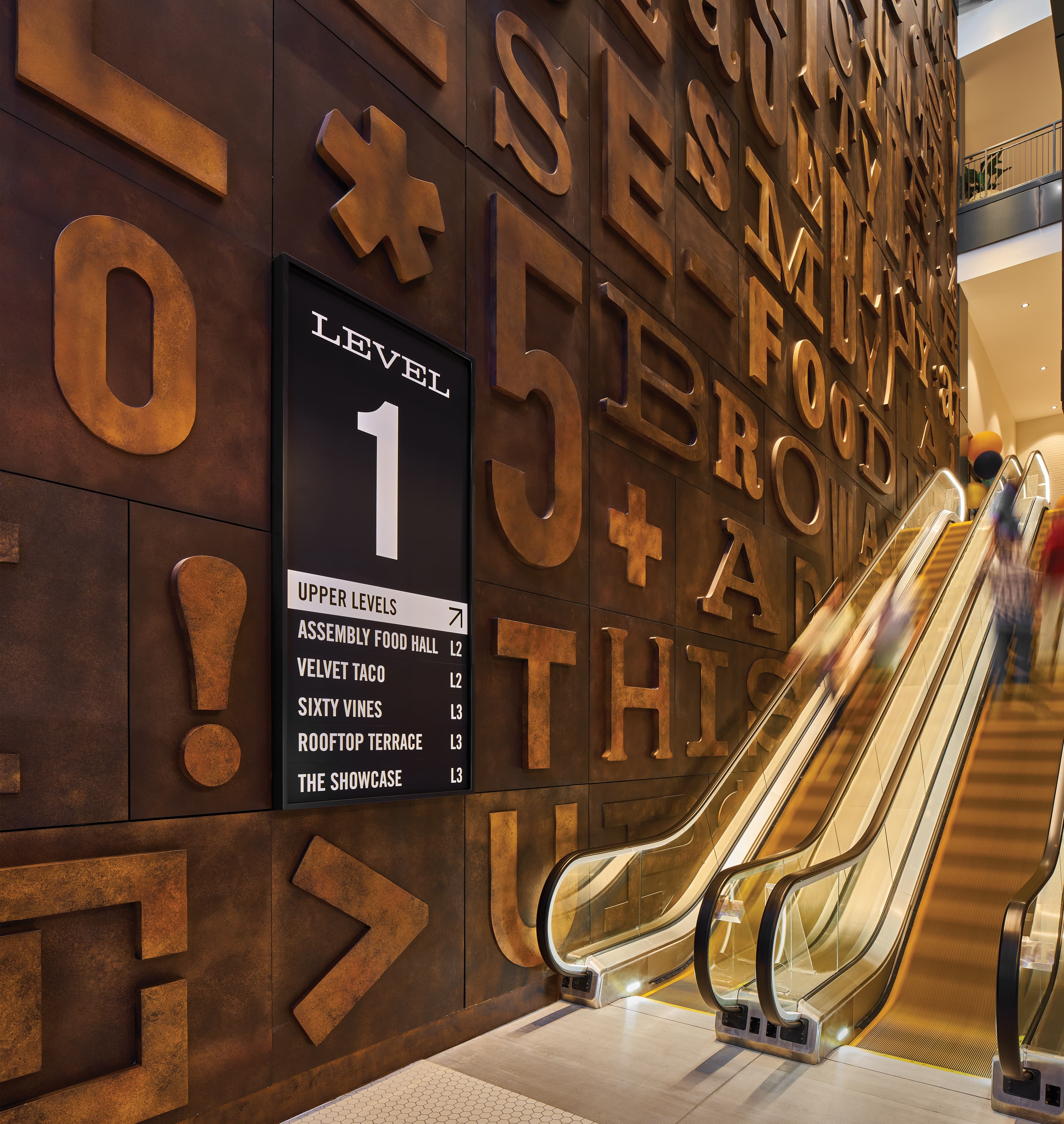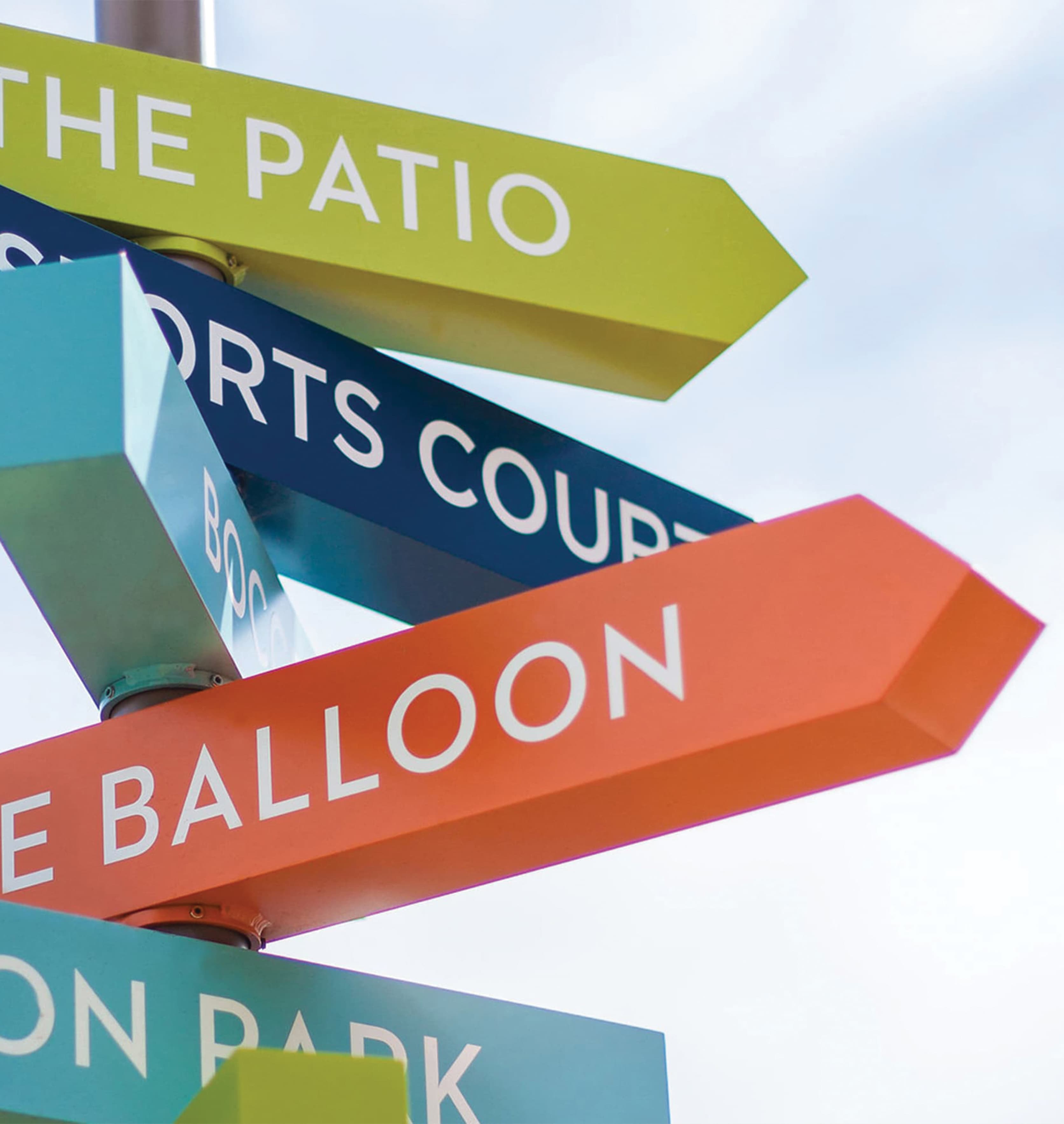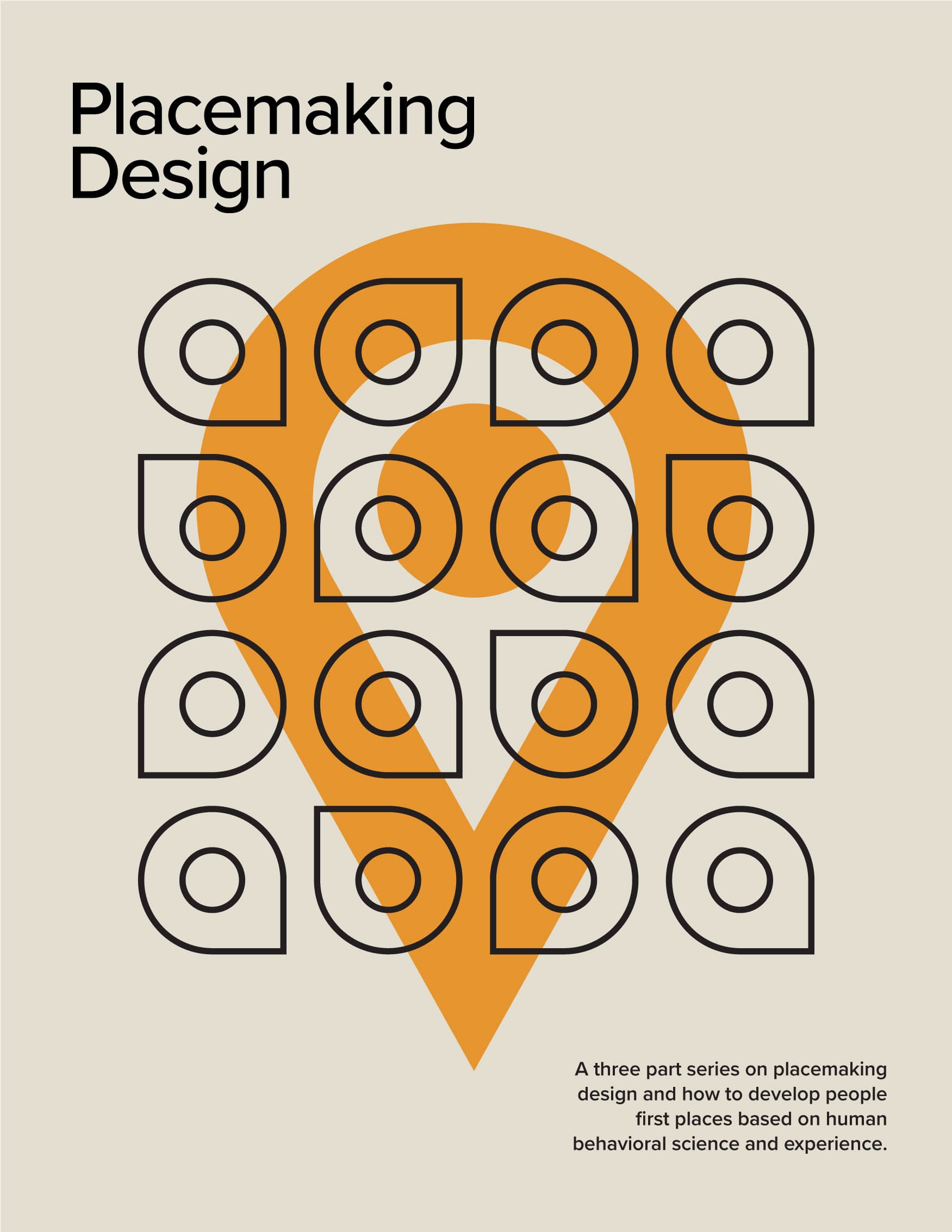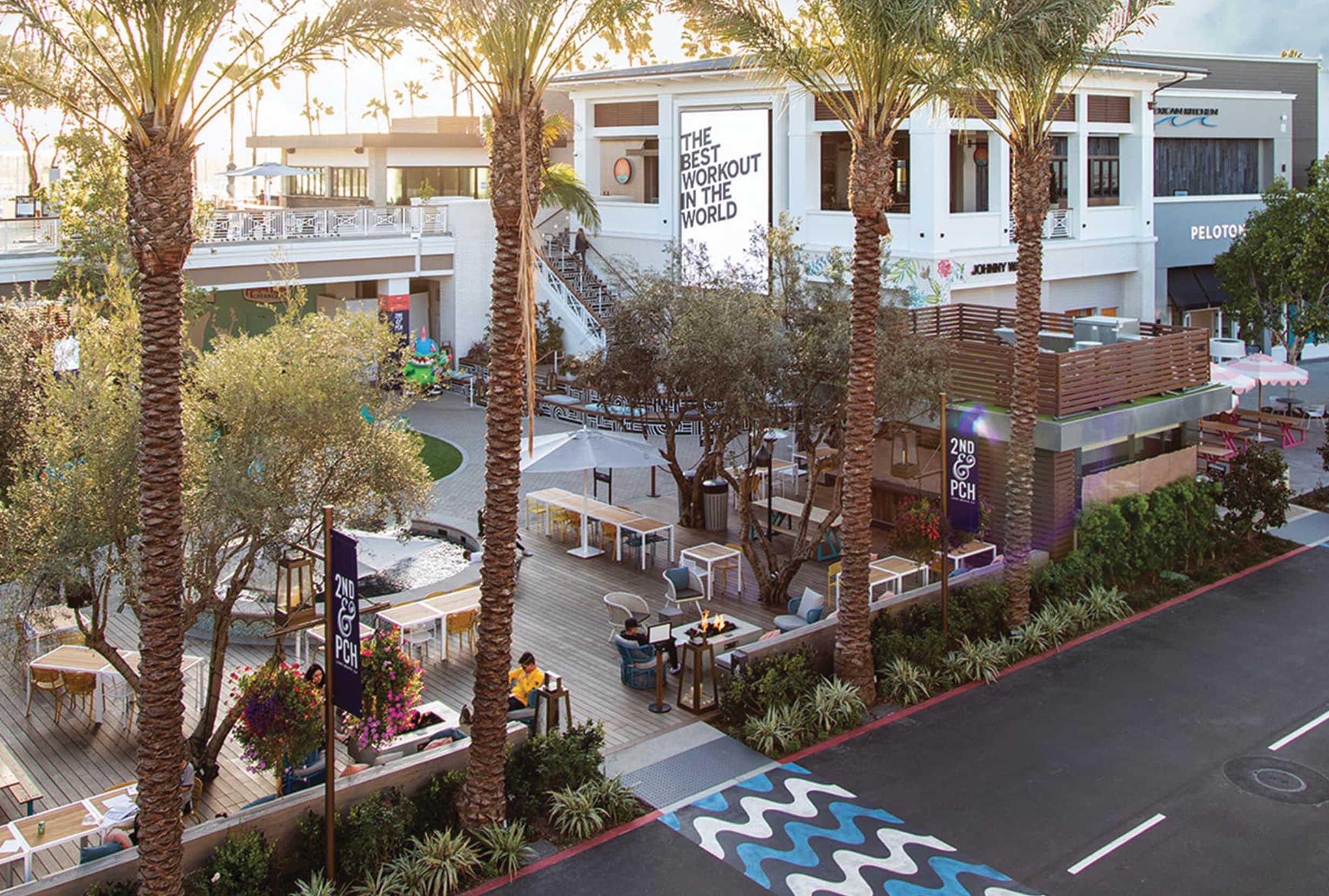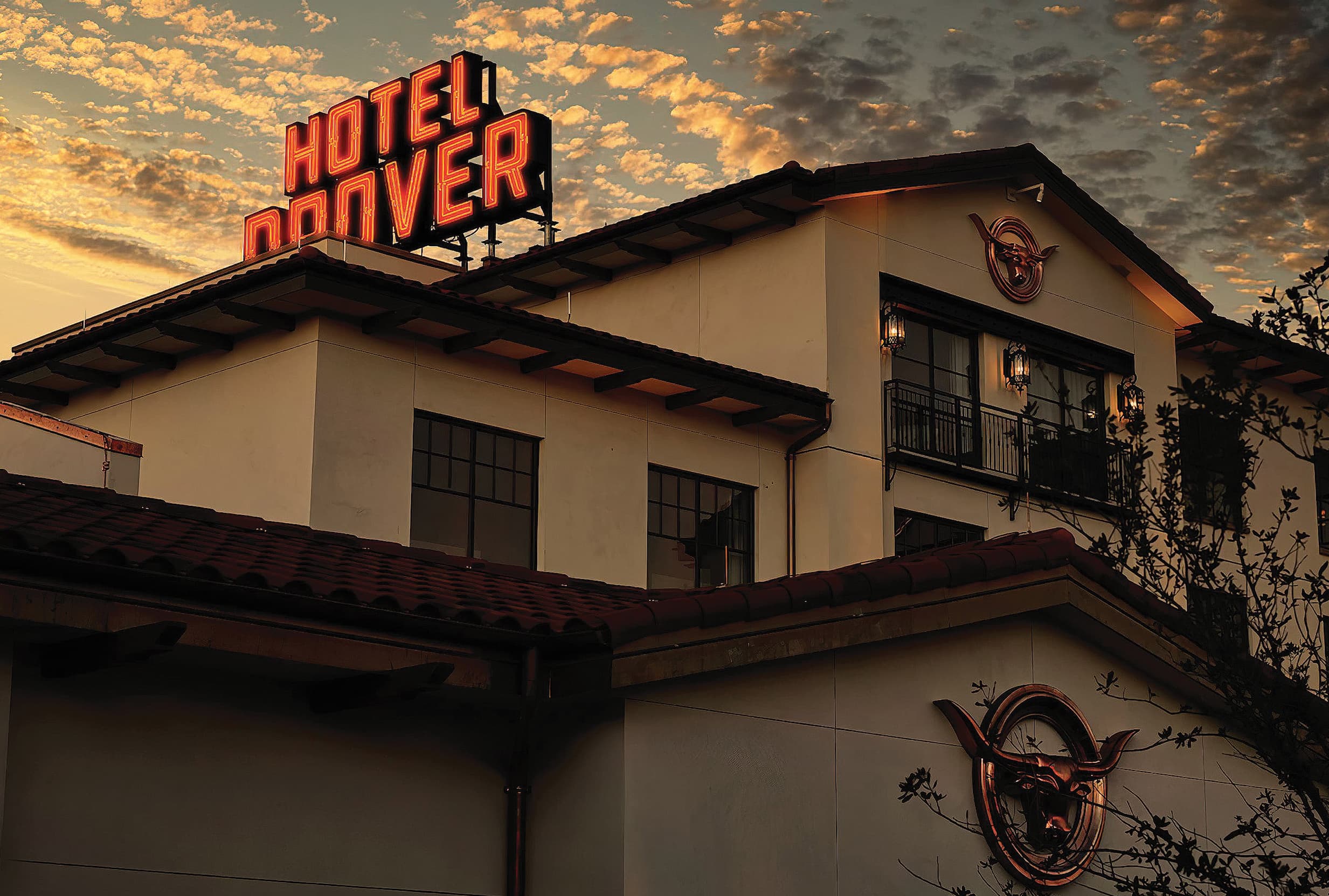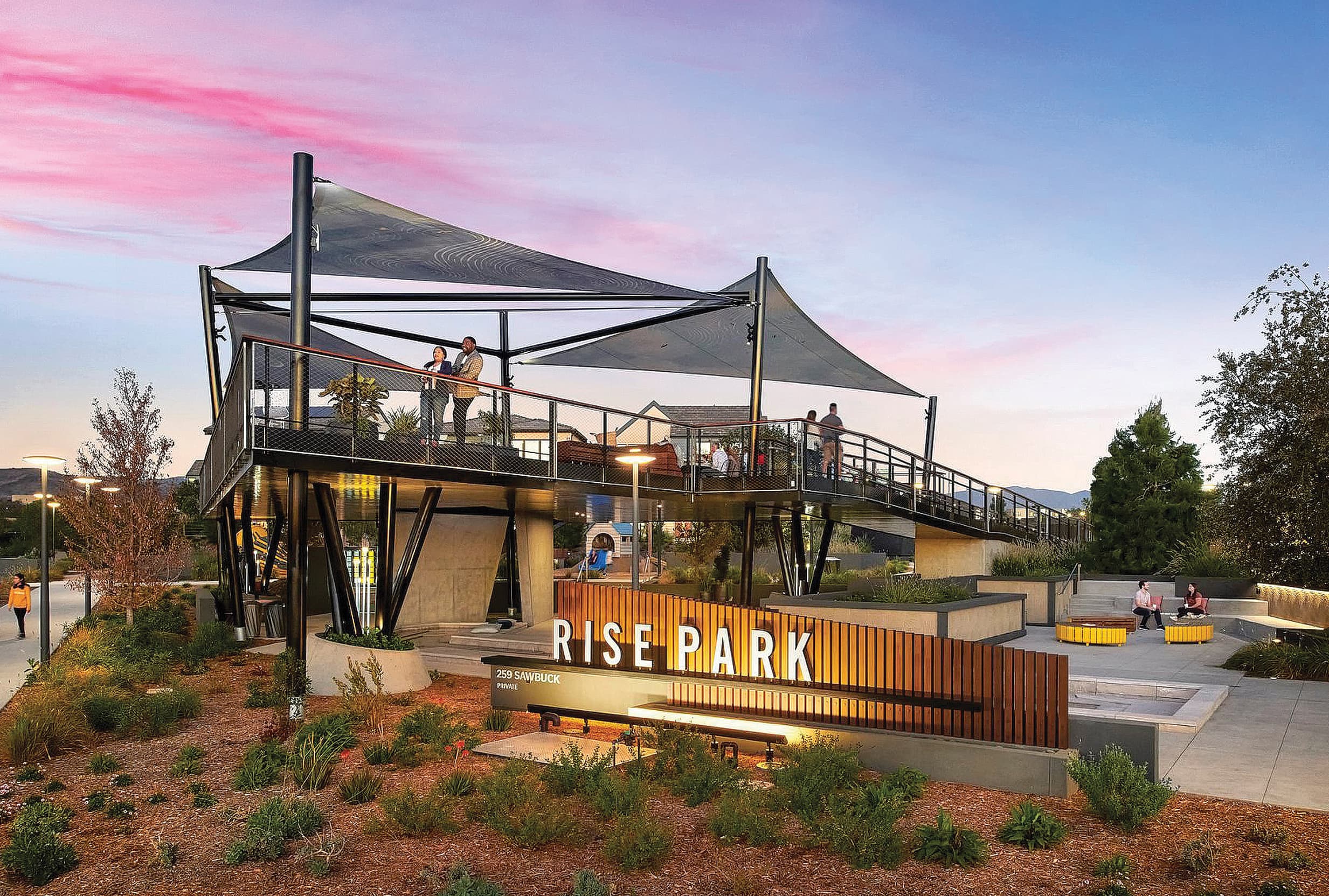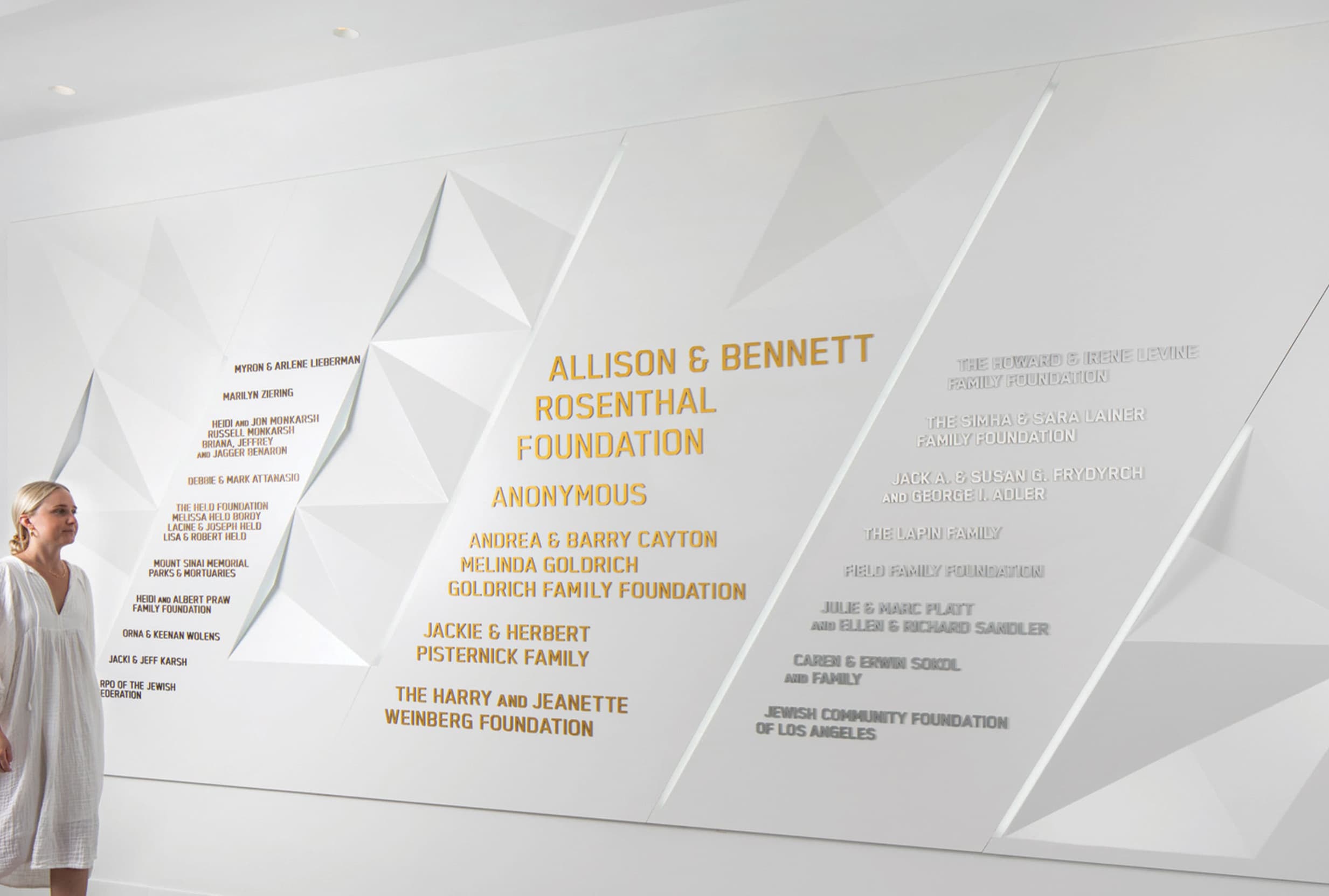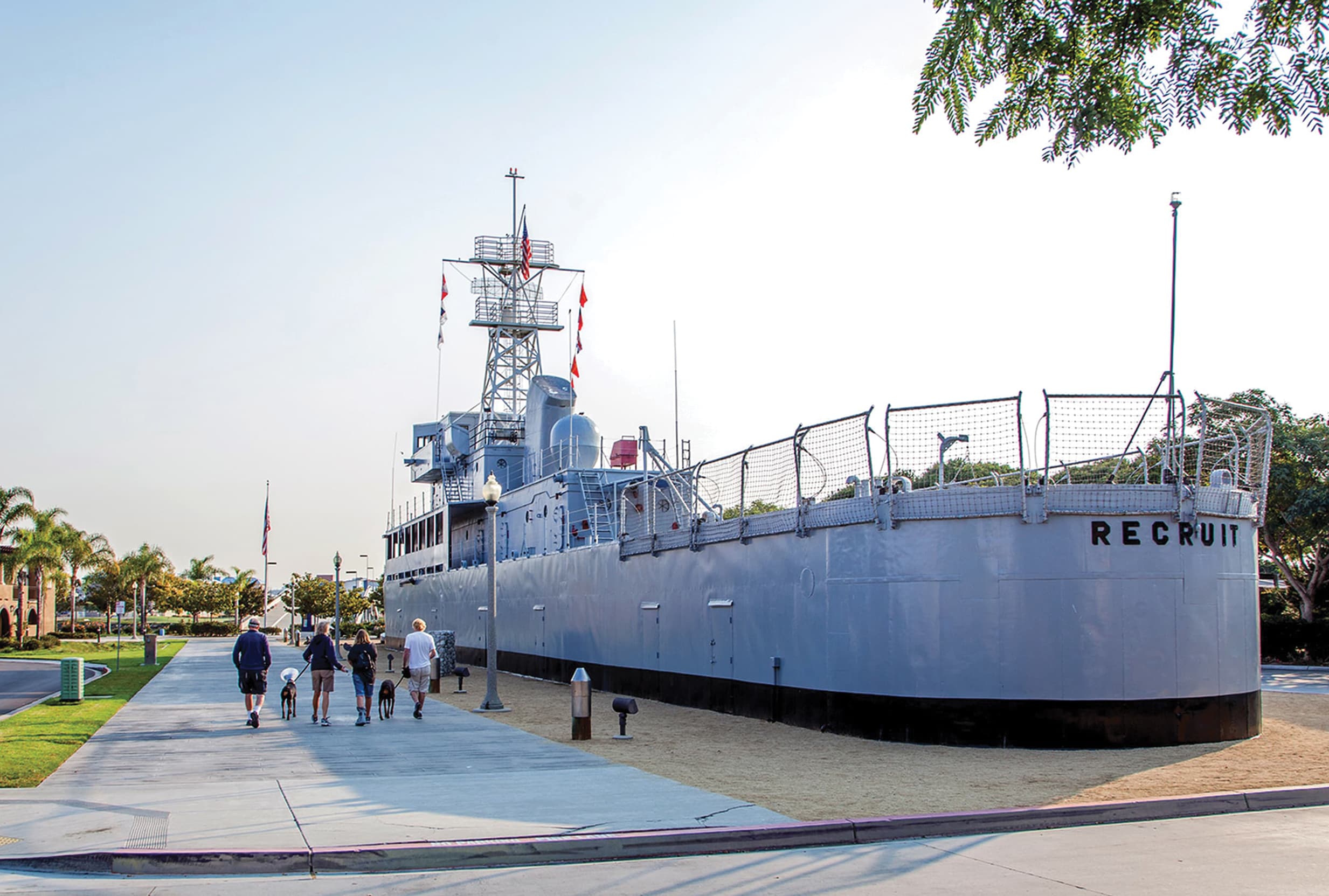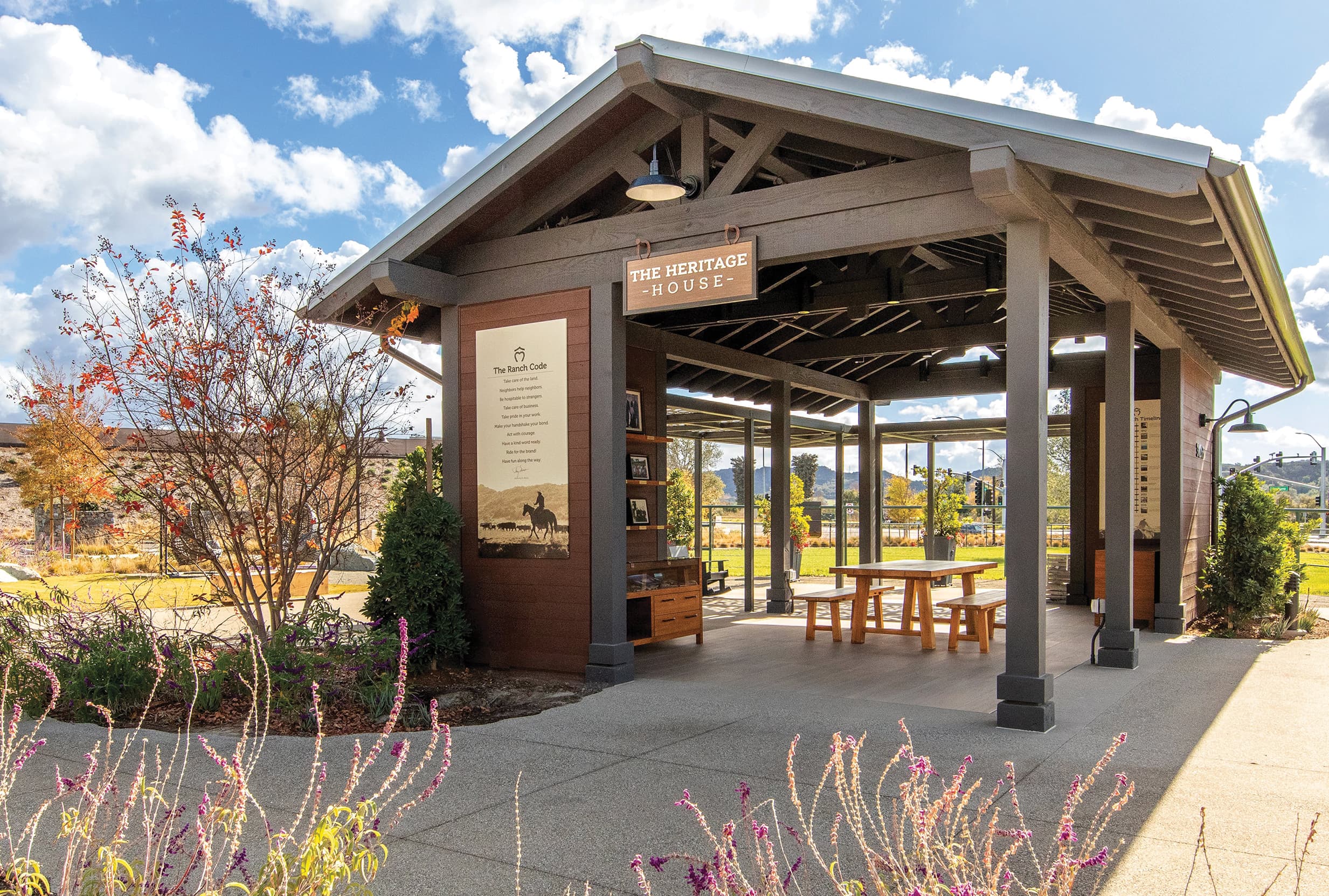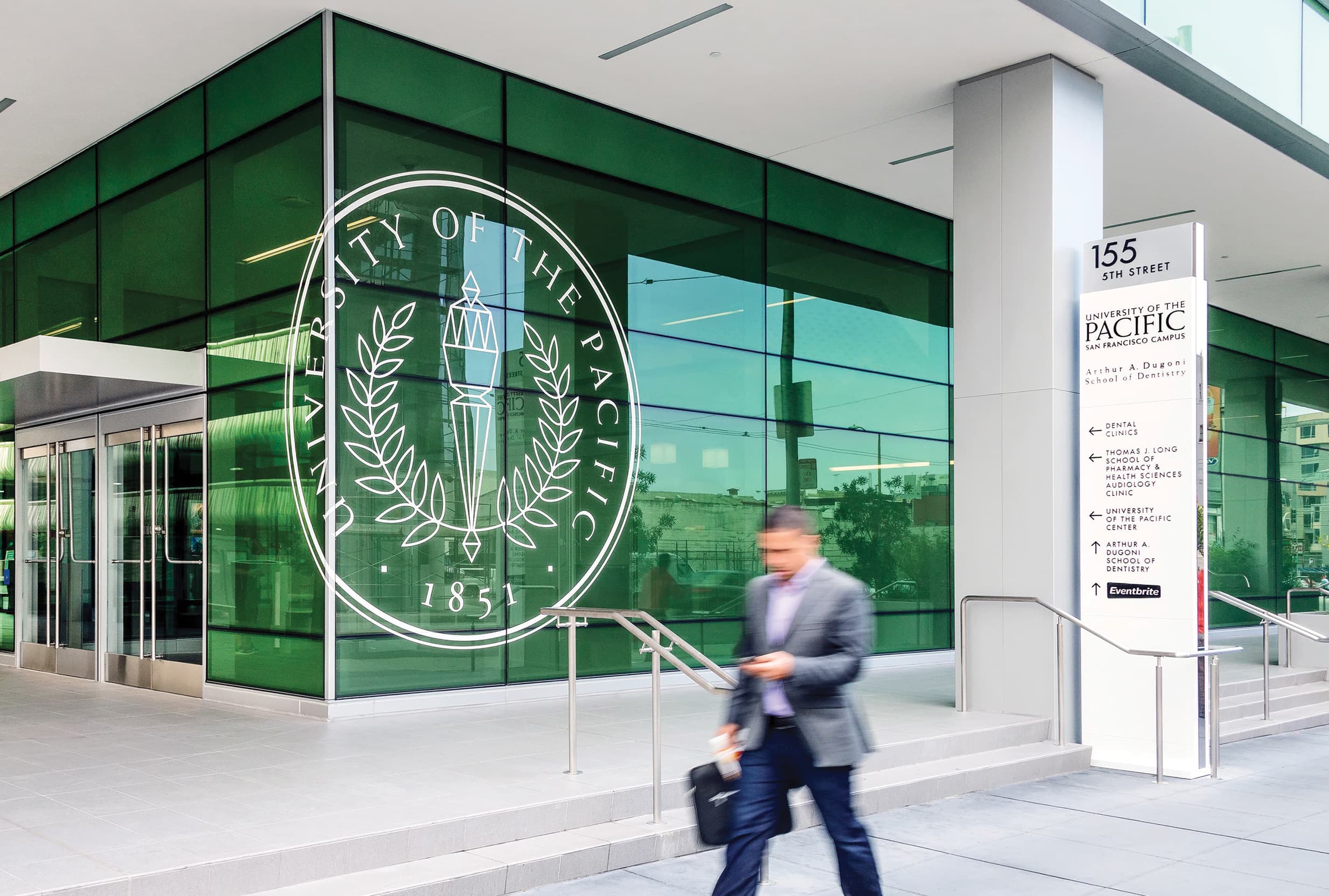Placemaking design is a collaborative process of designing public spaces that are functional and reflective of the community's culture and identity. RSM Design helps create places that are meaningful and resonate with the core values and history of the community, ultimately fostering a sense of belonging and pride.
The goal of placemaking is to create public spaces that enhance the story’s character and personality of the community, beyond their direct needs. Branding, public art, wayfinding signage design, landmarks, landscape treatments, and specialty graphics are just a few examples of the many design components that we use to create a unique and effective environment.
The foundation of great placemaking is about creative collaboration, working with the expertise of stakeholders, the client, the community, and the design team. Together we can gain an understanding of the project’s unique voice and personality, grounding them in the needs, goals, and expectations of the team.
Obtaining engagement from the stakeholders is essential for the enduring success of the project, discovering the uniqueness of each destination. The work of RSM Design helps craft the story and design vocabulary using graphics, patterns, typography, color, materials, and form, creating meaningful and memorable places that connect the community and the people within it.
